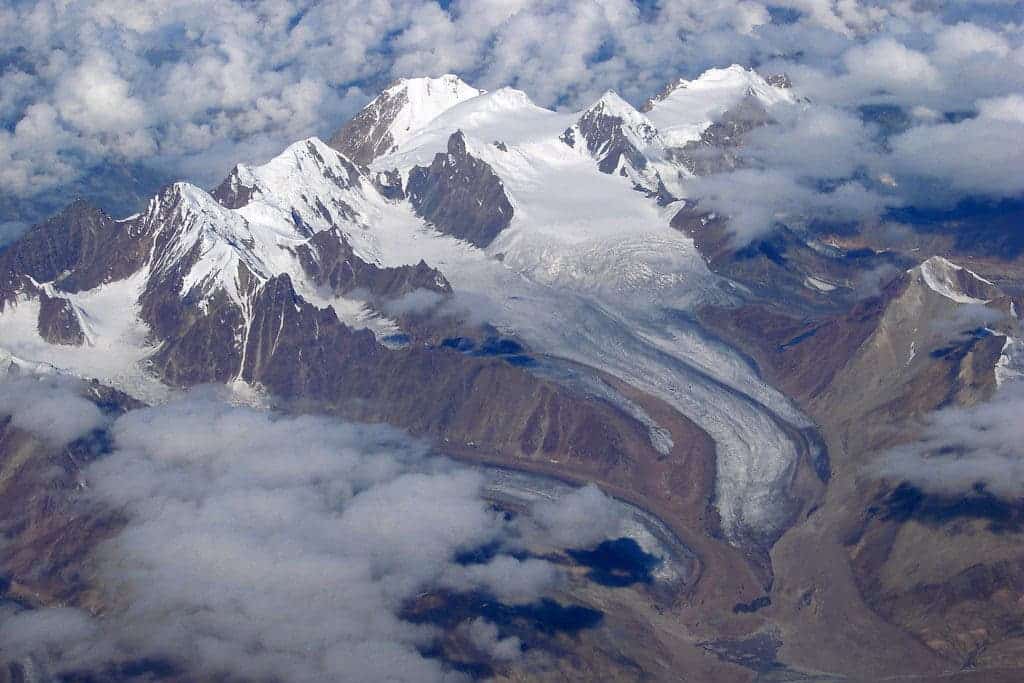The breakdown of Himalayan rocks may not explain the cooling over the past 15 million years, despite what a key theory claimed, according to a new study in the journal Nature Geoscience.

The study could shed more light on the causes of long-term climate change. It centers on the long-term cooling that occurred before the recent global warming tied to human greenhouse gas emissions.
“The findings of our study, if substantiated, raise more questions than they answered,” said senior author Yair Rosenthal, a professor in the Department of Marine and Coastal Sciences in the School of Environmental and Biological Sciences at Rutgers University-New Brunswick.
“If the cooling is not due to enhanced Himalayan rock weathering, then what processes have been overlooked?”
For many years the ruling hypothesis had been that the collision of the Indian and Asian continents and uplifting of the Himalayas brought fresh rocks to the Earth’s surface, making them more vulnerable to weathering that captured and stored carbon dioxide — a key greenhouse gas.
But that hypothesis remains unconfirmed. Lead author Weimin Si, a former Rutgers doctoral student now at Brown University, and Rosenthal challenged the hypothesis and examined deep-sea sediments rich with calcium carbonate.
Weathering of rocks captured carbon dioxide and rivers carried it, over millions of years, to the ocean as dissolved inorganic carbon. Marine creatures use this to build their calcium carbonate shells. When algae die, their skeletons fall on the seafloor and get buried, locking carbon from the atmosphere in deep-sea sediments.
If weathering increases, the accumulation of calcium carbonate in the deep sea should increase. But, after studying dozens of deep-sea sediment cores through an international ocean drilling program, researchers found that calcium carbonate in shells decreased significantly over the last 15 million years, which suggests that rock weathering may not be responsible for the long-term cooling.
The scientists also found that algae called coccolithophores adapted to the carbon dioxide decline by reducing their production of calcium carbonate. This reduction apparently was not taken into account in previous studies.
Many scientists believe that ocean acidification from high carbon dioxide levels will reduce the calcium carbonate in algae, especially in the near future. The data, however, suggest the opposite occurred over the 15 million years before the current global warming spell.









